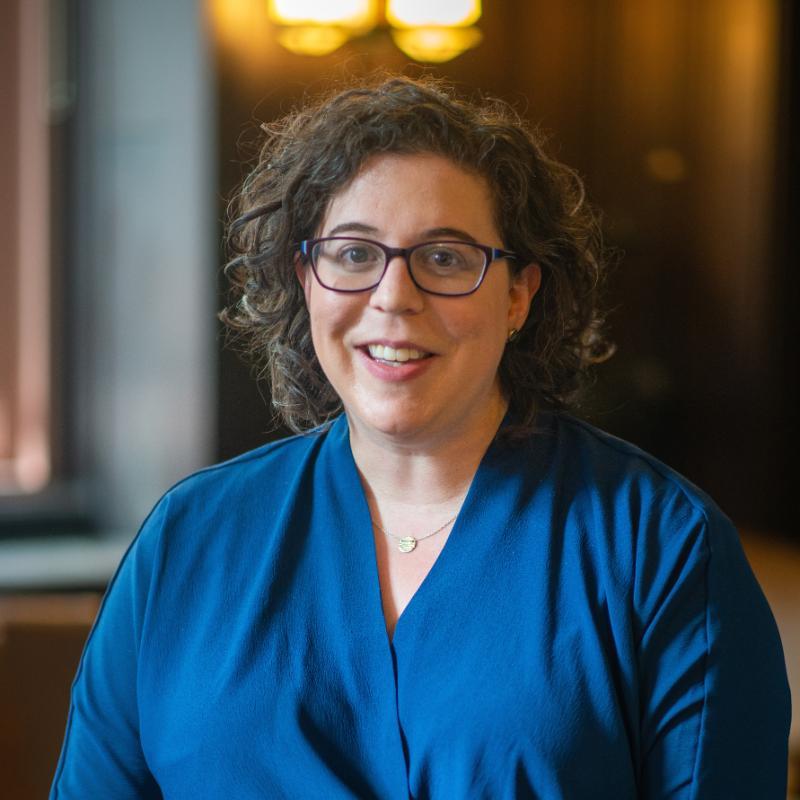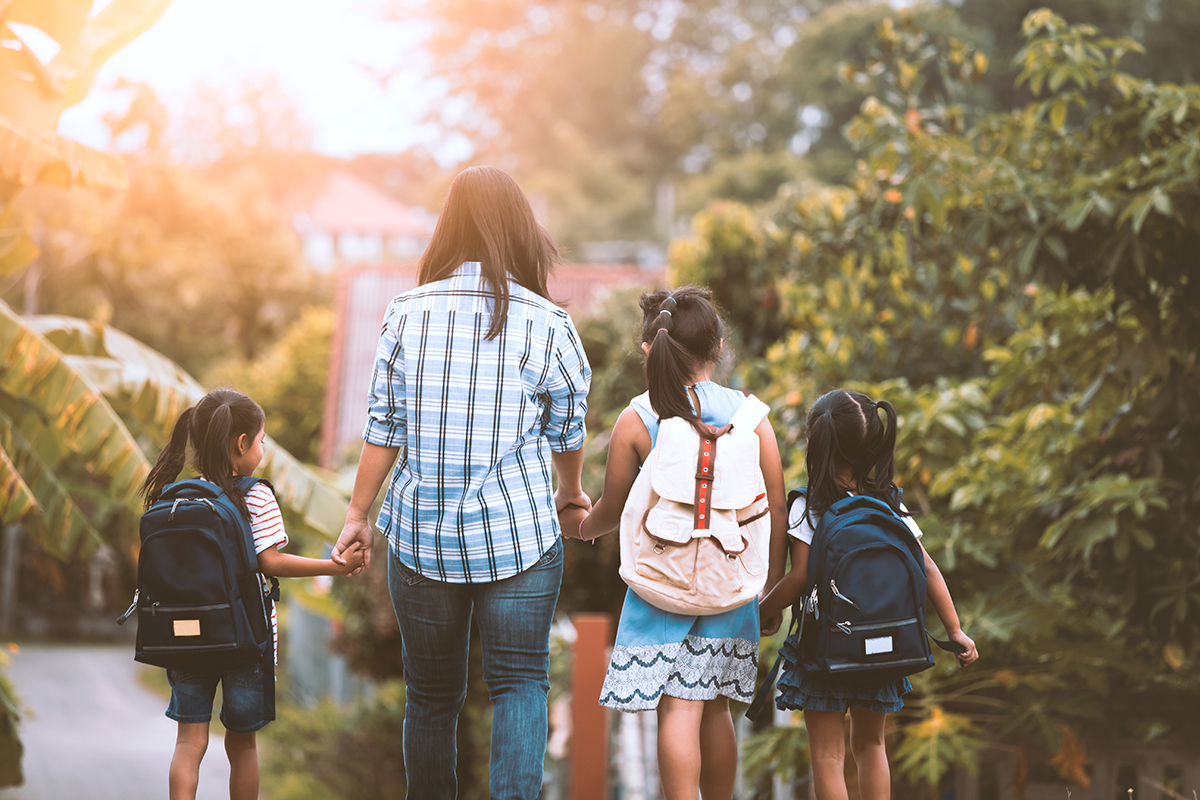As COVID-19 caseloads decline in the Northeast, states like New York and Massachusetts are reopening businesses and public spaces critical to rebuilding their frayed economies in the short term. But in doing so, states are risking a second wave of infections and wasting an opportunity to safely reopen schools in the fall — a much more critical building block for getting Americans back to work and the economy buzzing again, writes Sarah Cohodes, Associate Professor of Economics & Education, in an article posted to the Atlantic magazine’s website on Tuesday.

PROCEEDING WITH CAUTION Planning a return to pre-COVID schooling is "magical thinking," Cohodes writes, and could erase progress made against the virus. (Photo: TC Archives)
Carefully planning to reopen schools in the fall — not reopening bars and restaurants this summer — should be the number one priority, Cohodes writes, and even that should be done with extreme caution. In-person schooling is demonstrably better than online education for all children, she acknowledges, especially for those who do not have the necessary technology or learning environment at home. But to do the least amount of harm to students, teachers and staff, schools must make hard choices, including
- Allowing teachers and staff to opt out of in-person teaching if they are at high risk of contracting COVID-19 or spreading it to vulnerable family members. The reduced workforce in schools will necessitate limiting the number of students who return there.
- Adopting a policy of “little kids first.” Elementary school students, along with older children who have special needs, should go back to school first. The rationale: These students have the greatest need for in-person instruction, and younger children appear less likely to get or spread the disease. Prioritizing the return of younger children would also free up mothers, who have borne the brunt of homeschooling young children, putting their own careers and sanity on the line. The youngest students should be spread out among all schools in the district, and they should attend the schools closest to home.
- Providing online-only instruction to older students, a policy that will require adjustments to teaching and curriculum. For example, a small number of teachers could develop content for online delivery to large groups of students, leaving their colleagues to coach or tutor smaller groups or individual students.
If the choice is between a haircut and reopening school for our neighbors’ kids and day care for our daughter, I choose children.
—Sarah Cohodes
These are far from ideal choices, Cohodes writes, and will require funding that only the federal government can provide. But, she warns, to plan a return to the pre-COVID system, in which all children attended a brick-and-mortar school, is to engage in “magical thinking.”
“If the choice is between a haircut and reopening school for our neighbors’ kids and day care for our daughter, I choose children,” Cohodes concludes. “If the choice is between a drink at the bar and supporting women who are trying to manage a career and parenting during a pandemic, I choose women. Let us be bold together and halt reopening the economy—and choose reopening schools, and a better fall for our families.”
[Read the full article by Sarah Cohodes on theatlantic.com website.]
